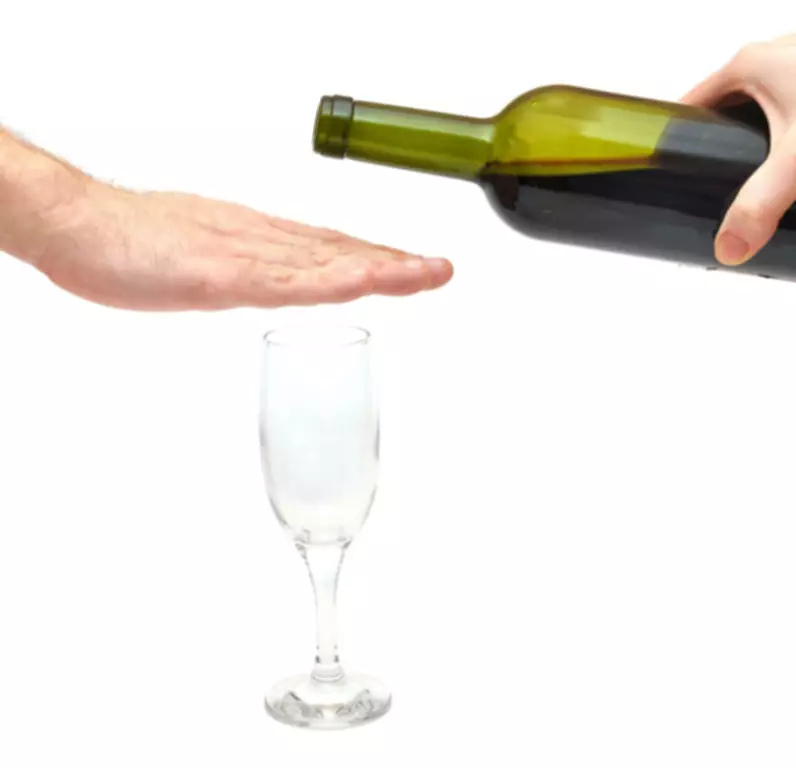Content
However, different steroids may exhibit different potency in this regard (231, 232). Furthermore, AASs can induce both offensive (229) and defensive behaviors (82, 228), and various strains of rats exhibited different responses to provocation (82, 228). Although it is widely believed that AAS use is common among teenagers, the great negative effects of drugs in sport majority of AAS use begins after the teenage years (Figure 3). Data on high school drug use from the University of Michigan’s Monitoring the Future study provides valuable information concerning the youngest AAS users (38). As shown in Figure 3, some 2% of American high school students report having used AAS in the past 12 months.
- GlobalDRO has information about the banned status of medicines based on the current World Anti-Doping Agency Prohibited List.
- Because WADA tests only athletes participating in certain competitive sports events, the data in A do not provide information about the frequency of use of various PEDs by nonathlete weightlifters.
- Elite athletes competing at international and national levels are subject to standardized anti-doping guidelines under the auspices of WADA and related national organizations.
- They assume that because the drugs don’t necessarily produce any euphoria, they don’t have any addictive potential.
- The body turns andro into the hormone testosterone and a form of the hormone estrogen.
These drugs might lower the damage that happens to muscles during a hard workout. Some people also may like how their muscles look when they take these drugs. Beta blockers – these help a performer to keep calm, slow down the heart rate, reduce muscle tension, blood pressure and the effects of adrenaline. This has the effect of helping performers in target sports such as archery as they improve fine control and precise movements.
Human growth hormones and peptide hormones
These often start with visible changes, including acne, shrinking testicles, and breast tissue development in men, and the development of an Adam’s apple and additional body hair in women. Continued use can cause the body to stop producing hormones naturally and lead to organ enlargement, stunted growth, liver damage, and fertility issues. Moreover, natural testosterone levels https://ecosoberhouse.com/ may never recover, making the consequences of doping irreversible. Side effects may also be psychological, with testosterone often being connected to increased aggressiveness because it impacts the brains subcortical structures in the amygdala and the hypothalamus. As with any anabolic steroid use, withdrawal from testosterone use may lead to depression, and even suicide.
- As noted in the analysis, virtually all of these AAS-dependent individuals are likely to be male, because only 2 of the 363 cases of AAS dependence found in the 10 pooled studies described above were female.
- Another cultural aspect of sport that may relate to drinking behavior involves popularity and prestige.
- For example, the formal competitive season for a college football player in the United States runs from August (the start of official practice) through December or January (depending upon the date of the final game).
- This review examines the history of doping in athletes, the effects of different classes of substances used for doping, side effects of doping, the role of anti-doping organizations, and treatment of affected athletes.
- Athletes did still suffer harms within these systems, often at the hands of central organising individuals or groups in the forms of bullying, coercion, and extortion.
- However, researchers are developing novel technologies to detect gene doping based on structural differences in the transgene or differences in the posttranslational modifications of the recombinant proteins (40, 421, 422).
Narcotics and analgesics, anabolic steroids, hormones, selective androgen receptor modulators are among the most frequently utilized substances. Another class of interventions involve those designed to teach individuals specific skills and strategies that are used to reduce alcohol and drug use and limit the likelihood of experiencing substance-related problems. Most of these programs have focused on alcohol use, and their specific content can vary widely and include both alcohol-specific topics and general lifestyle factors (Larimer & Cronce, 2007). The delivery of these types of programs can also vary considerably, including individually in the context of a motivational interviewing-based session (Martens, Smith, & Murphy, 2013), in a group format (Fromme & Corbin, 2004), or via a computer without personal contact (Carey, Henson, Carey, & Maisto, 2009). Overall, empirical support for these types of programs has been mixed, which is not surprising considering the diversity of approaches (Cronce & Larimer, 2011). Drug abuse in athletes is a significant problem that has many potential underlying causes.
Why are some drugs and substances banned in sports?
Sporting authorities have banned many drugs because they may give an athlete an unfair advantage. Depressants such as cannabis reduce your motor activity so it’s hard to co-ordinate your movements during sport. Stimulants increase your movements so you are more likely to injure yourself during sport. Cocaine at higher doses can act as an anaesthetic so you can’t feel pain and may play on after an injury, causing even more damage. Narcotic analgesics – these are painkillers that are used to help an injured athlete continue to train and perform in big competitions despite their injury or allow an endurance athlete to tolerate a greater level of pain. This can be dangerous for an athlete as their injury may worsen by continuing to perform.

